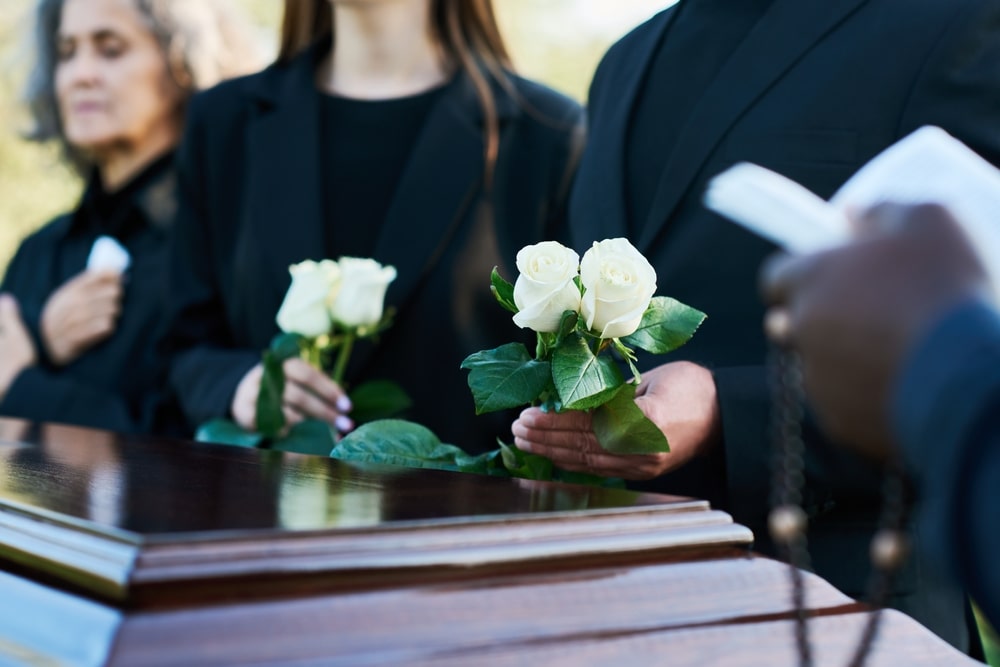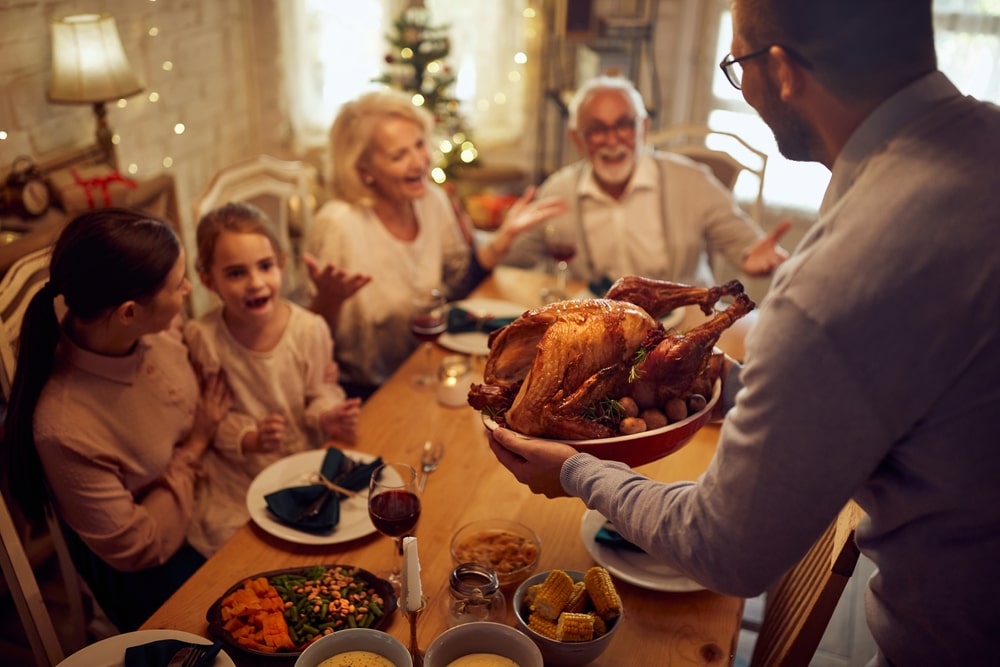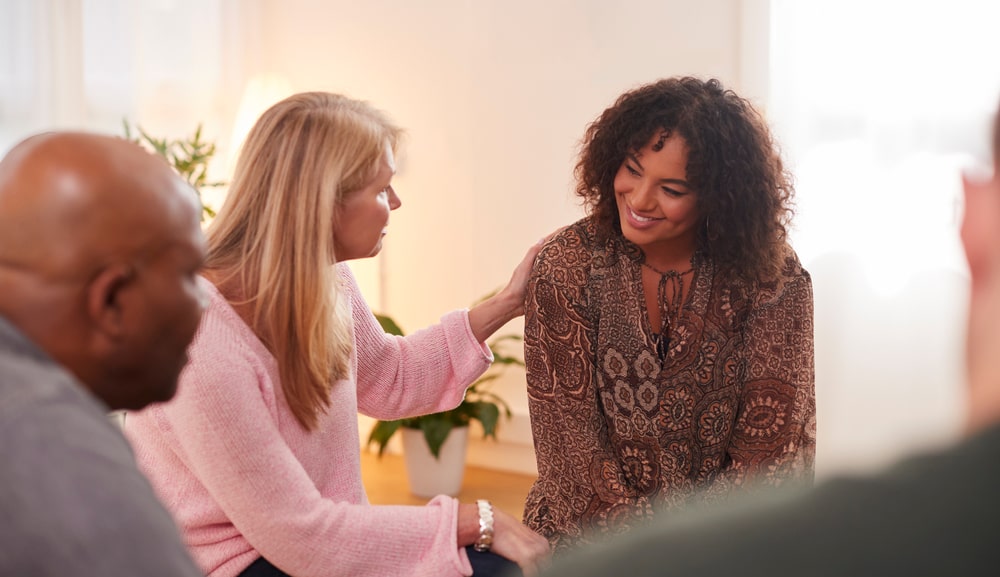When you lose your spouse or partner, everyday tasks like cooking can feel impossible. Maybe your loved one handled all of the cooking and you don’t know where to start. Or maybe you love cooking, but every time you step into the kitchen, you remember that your loved one won’t be there to enjoy your food.
You’re not alone! Those who are grieving often find cooking difficult. Cooking can take a lot of energy, and as you adjust to life without your loved one, it’s normal to struggle to find the motivation to cook, especially if you’re experiencing a change in appetite.
But there are steps you can take to help yourself cook. From preparing meals ahead of time to taking cooking classes, here are some of our top tips for getting back in the kitchen when you’re grieving.
Take a Cooking Class

Whether you have decades of cooking experience or are just now learning how to cook, taking a cooking class can be a huge help! If you’ve never had the role of cook in your household, a cooking class can help you expand your cooking skills and grow your confidence in the kitchen. If you already know how to cook but are struggling with motivation, a cooking class can help you rediscover your love of cooking and meet new people.
You may be able to find cooking classes at a local restaurant, support group, or even at your library! If you can’t find an in-person class, you can try an online cooking class through a website like America’s Test Kitchen Cooking School or explore cooking class videos on YouTube.
Cook Smaller Portion Sizes

If you’re used to cooking for two, you may find yourself with too much extra food on your hands. While leftovers can be convenient, you may not want to eat the same food for a whole week.
Adjusting the measurements in recipes can be a great help. If you need to cut a recipe in half, Google can help you with weird measurements, like half of 1/3 cup. You can also check out resources that specifically create recipes for one. One Dish Kitchen is a great resource, and AllRecipes also has some great options for meals for one.
Make One-Pot Meals

When you’re grieving, the idea of having to juggle multiple parts of a meal can be intimidating. You may not feel like making a main dish and sides. Plus, the more parts your meal has, the bigger the cleanup.
Instead of avoiding cooking because you feel like you have to make a lot of different things at once, explore one-pot meals! Casseroles, stews, skillets, and sheet pan meals that use only one pot or pan can make cooking and cleanup much easier. There are recipes for virtually every type of cuisine, and you never know when you’ll find a new favorite. Both Food Network and Taste of Home have long lists of one-pot meals you can try.
Try a Meal Box

Sometimes going to the grocery store after losing your partner can be difficult, especially if they were the one who typically handled the groceries. One solution is to invest in a meal box subscription like HelloFresh or Home Chef.
Meal box services like these send you the exact amount of ingredients that you need for each recipe, so you don’t have to worry about food waste or cooking too much food. Most have the option to choose how many servings you want to receive, which means you can make enough for just yourself or order extra to have leftovers.
Freeze Extra Portions

Sometimes you want easy meal prep, but you don’t want to eat a lot of leftovers. One way around this issue is to freeze extra portions of the meals you make. After cooking a meal, you can freeze leftovers by the portion to make reheating at a later date easier.
There are also plenty of recipes that you can make and freeze ahead of time, then cook when you’re ready! Taste of Home has some great freezer recipes, and Good Housekeeping has options for fridge or freezer make-ahead meals. If you’re interested in creating single-serving meals ahead of time, consider investing in containers that fit exactly one portion.
Share Food With Others

For many people who have lost a partner, sitting down to eat by themselves reminds them of their partner’s absence. If you’re struggling to eat because of loneliness, try eating meals with friends or family members. While you may not feel like cooking for a group of people, you can invite everyone to bring a dish, potluck-style.
Additionally, you can have a meal exchange with friends or family. Each person can make extra portions of the meal they’re cooking and swap them for a homecooked meal from someone else. This can be a great way to get more variety in your diet without making a lot of meals yourself.
Fill the Space at the Table

While inviting family and friends to eat with you can be an easy way to fill the space left behind by your loved one, there will likely still be times when no one is available. Instead of avoiding the kitchen when you’re alone, try to fill the empty space at your table.
You can physically fill the space by adding a centerpiece or decorations to the table. Or you can listen to music or watch TV while you eat so you don’t have to eat in silence. While these won’t eliminate the empty space at your table, they can help you cope with your loved one’s absence.
Consult Your Doctor or a Grief Therapist

If you find that you’re still struggling with motivation after a long period of time, especially due to depression, it may be a good idea to consult a grief therapist. And if you have a continuous lack of appetite, please consult your doctor. Taking care of your physical health is important when you’re grieving, and your doctor can help you find ways to improve your health.
As you begin to get back into the kitchen after losing your partner, be patient with yourself. It may take time for you to create a new routine and adjust to your new normal. Give yourself grace, and don’t hesitate to ask for help if you need it.





















































